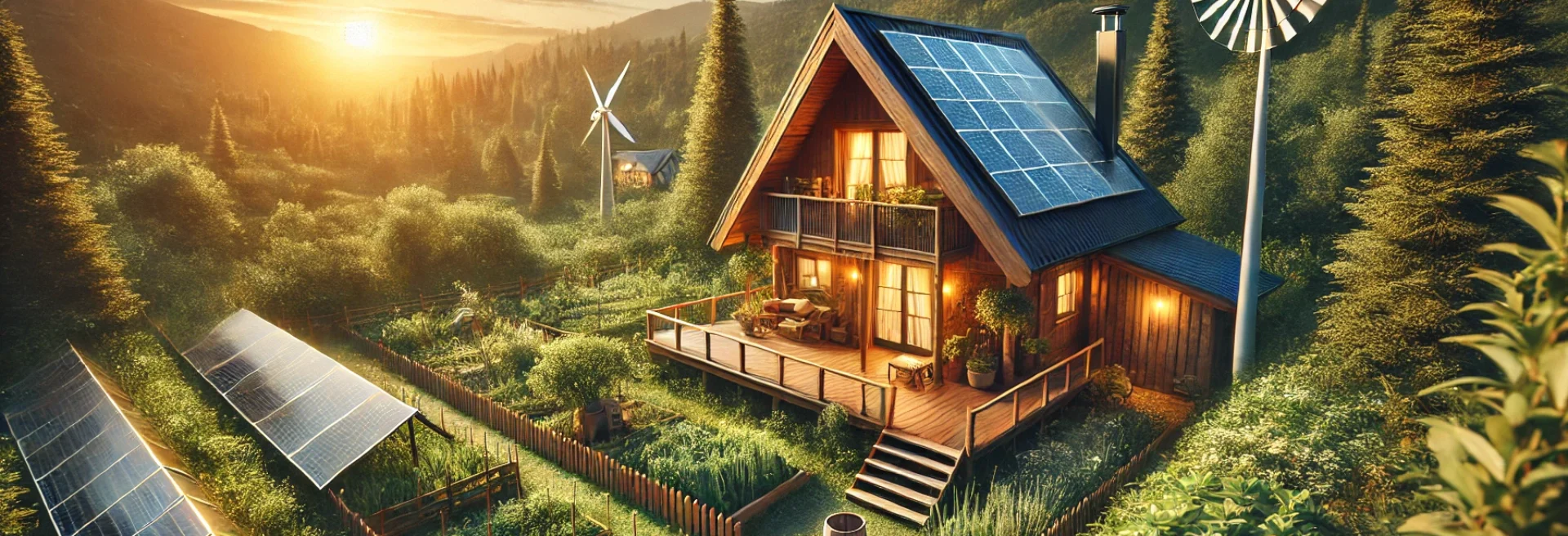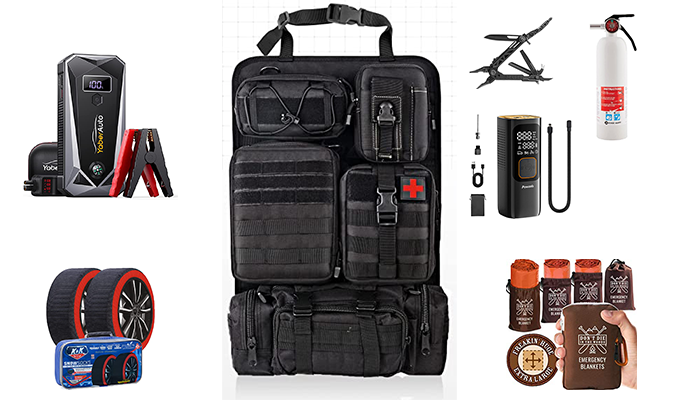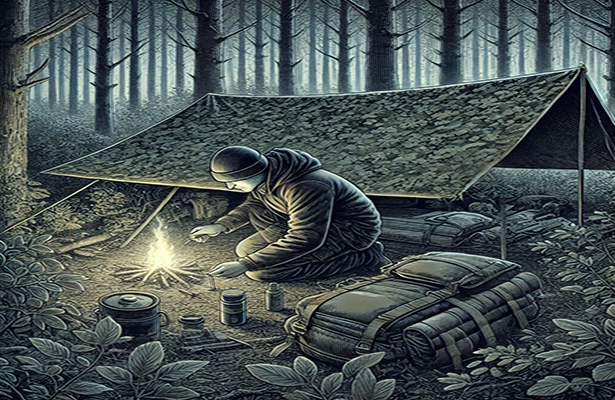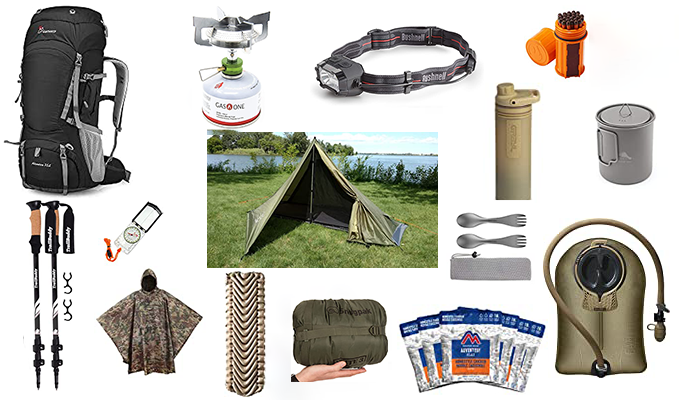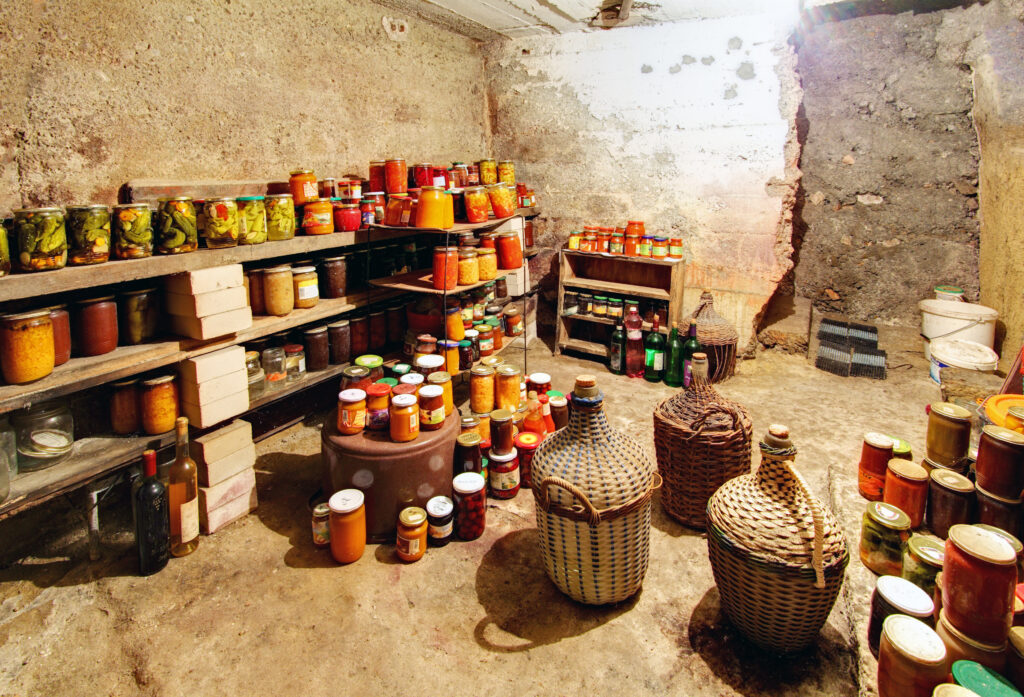Prepping has become increasingly popular in recent years, as people seek to prepare for potential disasters ranging from natural disasters to economic collapse to global pandemics. But what exactly does it mean to be a prepper, and what do you need to know to be properly prepared? In this article, we will cover everything a prepper needs to know, from the basics of survival to specific strategies and techniques for long-term survival.
The Basics of Survival
At its core, prepping is about being self-sufficient and prepared for any situation that might arise. This means having the skills and resources to provide for yourself and your family in the event of a crisis. Here are some basic survival skills and resources that every prepper should know:
- Water: Water is the most important resource for survival. You should have a way to purify water, such as a water filter, and enough water storage to last for several weeks.
- Food: You should have a stockpile of non-perishable food that can last for several weeks or months. This can include canned goods, dried food, and other shelf-stable items.
- Shelter: You should have a safe and secure place to stay in the event of a disaster. This can be your home, a bug-out location, or a shelter you create yourself.
- First Aid: You should have a first aid kit and the skills to use it. This includes basic medical knowledge such as how to treat wounds, burns, and other injuries.
- Communication: You should have a way to communicate with others, such as a two-way radio or other communication device.
- Self-Defense: You should have the means to protect yourself and your family in the event of an attack or other dangerous situation. This can include firearms, pepper spray, or other self-defense tools.
Strategies and Techniques for Long-Term Survival
While the basics of survival are important, preppers also need to think about long-term survival strategies. Here are some techniques and strategies for surviving in the long-term:
- Gardening: Growing your own food is an important part of long-term survival. You should have a garden with a variety of crops that can provide for your nutritional needs.
- Hunting and Fishing: Hunting and fishing can provide a sustainable source of protein. You should have the skills and tools necessary to hunt and fish in your area.
- Bartering: In a long-term disaster, traditional currency may lose its value. Bartering can be a useful way to trade goods and services with others.
- Energy: You should have a source of energy that can be sustained in the long-term, such as solar panels or a generator.
- Defense: In a long-term disaster, security becomes even more important. You should have a plan for defending your property and your family.
- Community: Finally, building a community of like-minded individuals can be a key part of long-term survival. By working together, you can pool resources and knowledge to survive and thrive in the long-term.
Conclusion
In conclusion, being a prepper is about being prepared for any situation that might arise. This means having the basic survival skills and resources necessary to survive in the short-term, as well as the strategies and techniques necessary to survive in the long-term. While there is no one-size-fits-all approach to prepping, by focusing on these key areas, you can increase your chances of survival in the event of a disaster. Remember, preparation is the key to survival, so start preparing today.

Solar Power: A Sustainable Solution for Living Off the Grid
Living off the grid is a lifestyle choice that prioritizes self-sufficiency and sustainability by disconnecting from traditional utilities like electricity, water, and gas. Among the […]

